Robots acting as macroscale analogs of active nanoparticles stop moving through friction alone, revealing a self-sustained cooling effect without external input.
Category: Nanotech
-
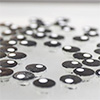
Friction halts active nanoparticles in motion
-

Researchers directly measure quantum metric tensor in real material
Scientists achieve the first direct measurement of the quantum metric tensor in black phosphorus, advancing understanding of quantum states in solid materials.
Continue Reading
-

Turning plastic waste into useful chemicals and clean energy
A new electrochemical system efficiently converts PET plastic waste into glycolic acid and hydrogen, using alternating pulses and a stable alloy nanocatalyst to enable continuous, membrane-free operation.
Continue Reading
-
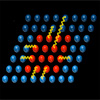
Researchers discover universal laws of quantum entanglement across all dimensions
A team of theoretical researchers used thermal effective theory to demonstrate that quantum entanglement follows universal rules across all dimensions.
Continue Reading
-
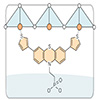
Self assembling monolayer can improve lead-free perovskite solar cells too
Scientists succeeded in reducing losses in the lower contact layer of tin perovskite solar cells by identifying molecules that self-assemble into a monolayer that fits well with the lattice structure of tin perovskites.
Continue Reading
-
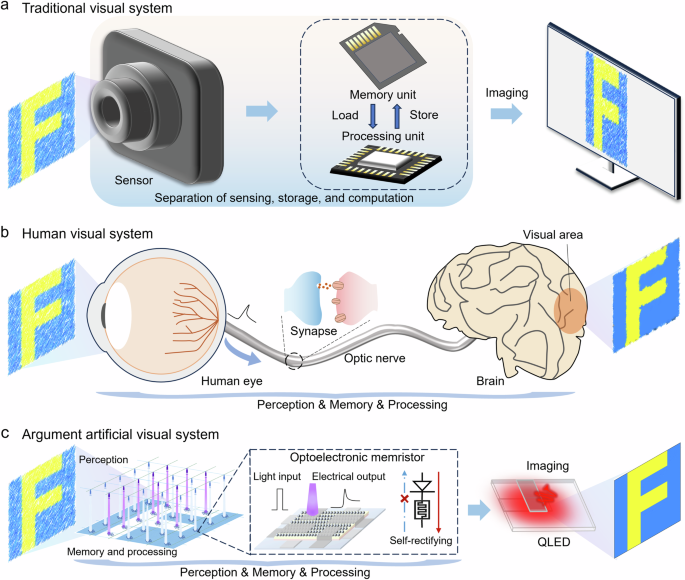
Multifunctional PN optoelectronic synapse and its smart integration towards augmented artificial visual system
Fundamental properties of optoelectronic synapse
The optoelectronic synapses are characterized by ITO/PEDOT:PSS/CuSCN/ZnO NPs/Al structure (Fig. 2a), exhibiting PPC phenomena under ultraviolet light and successfully simulate various synaptic…
Continue Reading
-
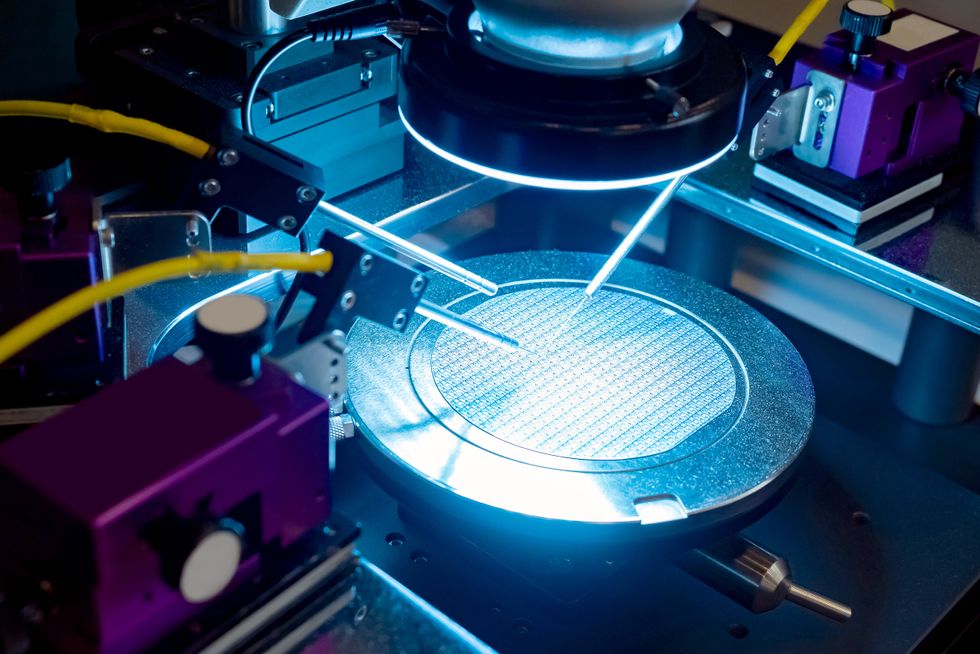
New IEEE Course on Electrostatic Discharge Prevention
Today’s semiconductor devices are built with nanometer-scale features and operate at increasingly lower voltages—which makes them more susceptible to even minor electrical overstress.
Electrostatic discharge (ESD) is a persistent, costly…
Continue Reading
-

Squid-derived nanotechnology powers efficient filters for nanoplastics and dyes
A bio-based membrane from seafood waste delivers high water flux and pollutant removal, offering a scalable, low-impact alternative to conventional nanofiltration.
Continue Reading
-
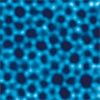
Ultra-thin carbon membrane sharpens proton beams for safer cancer therapy
Researchers created a 1-atom-thick carbon membrane that sharpens proton beams, improving cancer therapy and enabling cleaner, scalable tech across multiple fields.
Continue Reading
-

Single-photon camera can instantly characterize thousands of molecules
A new single-photon avalanche diode based method measures single molecules’ light emission with nanosecond precision, revealing fluorescence lifetimes for precise identification.
Continue Reading